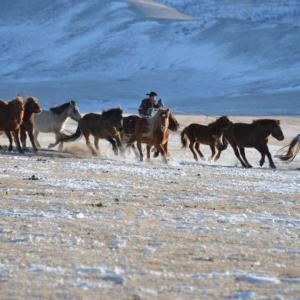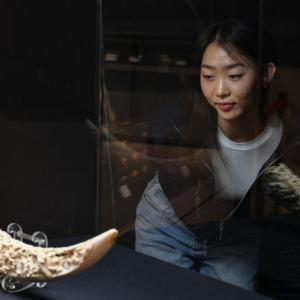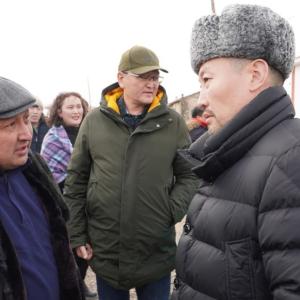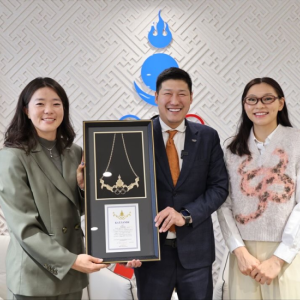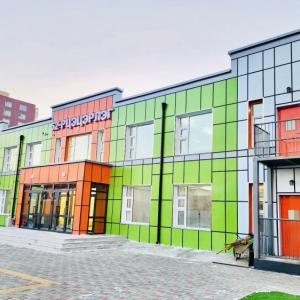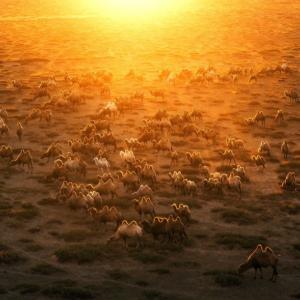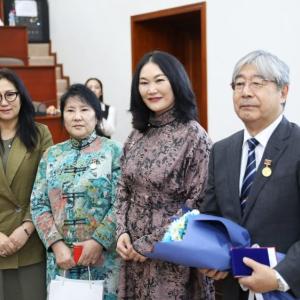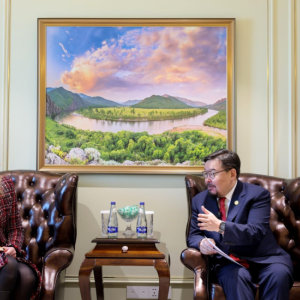Tujiin Nars saved from extinction
The Mongol Messenger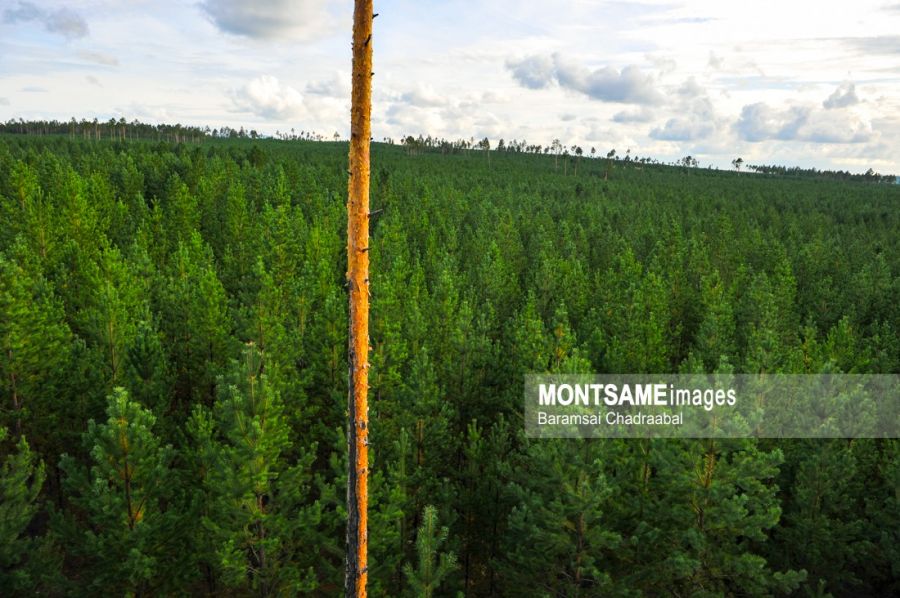
Ulaanbaatar /MONTSAME/. Where there were only a few pines left in the sandy soiled land more than a decade ago, there is now a pine forest. In the future, it will keep growing and continue to play an important role in Mongolia's natural ecosystem. Tujiin Nars, a pine forest, is a state protected area located in Shaamar and Altanbulag soums of Selenge aimag. In areas with flat sandy soils, it is common for pines to grow. This pine forest is naturally a southeastern end of the Siberian taiga and the continuation of Khentii mountain range. Located at an altitude of more than 620 meters above sea level, the lowest point in Mongolia, the pine forest itself purifies the air and releases oxygen and interferon that supports the immune system.
The natural park was devastated by wildfires and poachers. That is why in 2002, it was taken under state special protection according to the 39th resolution issued by the Parliament. In recent years, about 7,500 hectares have been rehabilitated, and 40-50 percent of them have recovered naturally.
Many individuals and domestic and foreign companies have cooperated in the reforestation and rehabilitation of Tujiin Nars, one of which is Oi Bayasakh LLC. The tree planting company has been operating since 2003 and has reforested and rehabilitated 1,054 hectares of the forest. Oi Bayasakh is located on the edge of a pine forest, more than 20 kilometers southeast of Sukhbaatar, the capital of Selenge aimag.
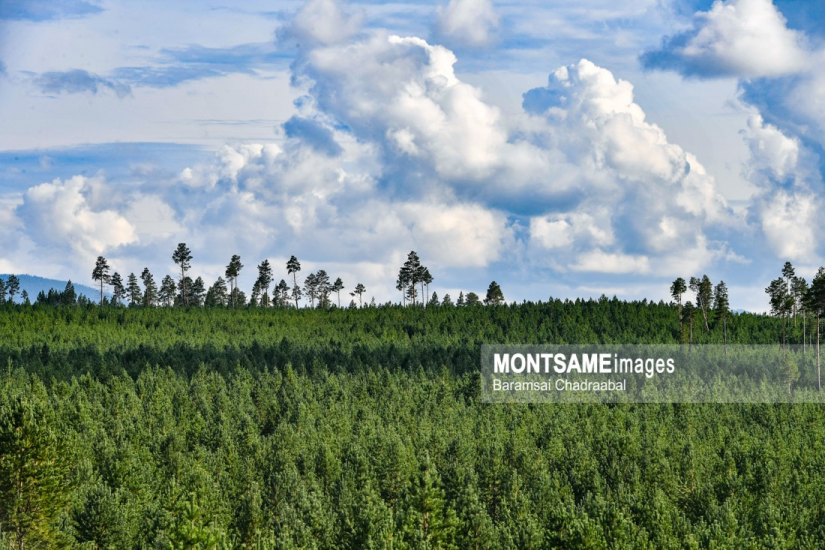
Early autumn is the busiest period for tree farmers and nurseries. On the day of my visit, they put off their work and gave me a chance to visit the nursery.
D.Otgonbayar, the director of Oi Bayasakh, and his wife B.Erdenechimeg are welcoming the autumn season, which is the busiest year for their arboriculture. This year have a better harvest than before. The planting of blue spruce seeds imported from Russia is growing successfully. In general, Erdenechimeg likes to plant new species of trees that do not exist in Mongolia in Selenge soil. "Any tree and flower grows well if it is well watered and cared for," she said with confidence.

Erdenechimeg graduated from the Forest Engineering Department of the Mongolian State University of Agriculture and has been interested in studying plants, flowers and leaves since childhood. Erdenechimeg knew exactly where she would end up in this moment of recollection of her student days many years later. Driven by his interests and dreams, she gained experience working at the Zuunkharaa Arboretum as a student. She will continue to plant new species of trees and seedlings, and to date has carried out many activities, such as natural rehabilitation and city green area, through Oi Bayasakh.
From the late 1990s to the early 2000s, Tujiin Nars came to the brink of extinction due to the damage caused by poachers, forest fires, pests, and profit-seekers. In fact, there were many ways to save Tujiin Nars by developing policies and plans, rather than mourning their extinction. The government has been able to do this, and with the contribution of many businesses and individuals, from the Oi Bayasakh company, the pine forest has been rehabilitated.
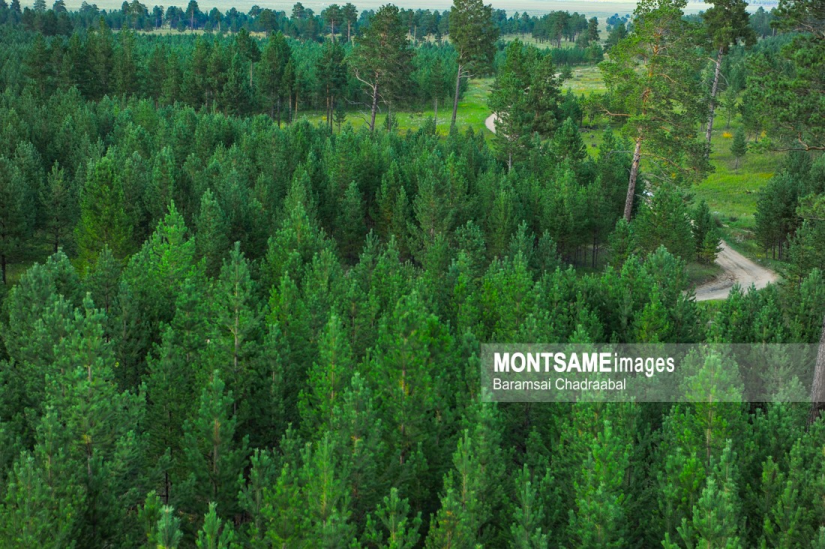
Otgonbayar and Erdenechimeg, who are leading the “Oi Bayasakh” company,
have been involved in Tujiin Nars afforestation since then. They employ 5-12
seasonal people depending on the extreme weather conditions. These people work
from the time the trees and shrubs grow until the time they harvest their
crops, in other words, from spring to autumn. According to Otgonbayar, 15-25
people are employed in afforestation, depending on the weather, the scope of
work and the total area.
Insurmountable risk takers
In general, agricultural workers take insurmountable risks. This is because there are many cases of crop failure due to sudden cold spells and floods. It is necessary to take all necessary security measures. Therefore, Erdenechimeg starts every morning with the weather forecast. If the weather forecast reports a natural disaster, the first thing to do is to ring the doorbell and knock on every door. After that, the day's work is spent cleaning and drying the seeds, watering the fields, pulling weeds, and checking the growth of the trees.

A few years ago, due to floods in the nursery of Oi Bayasakh, tree planting stopped more than once. They were exhausted in the face of such a sudden and devastating situation, which was not reported by the weather forecast. Although not all crops have been harvested, it is clear that the loss of even one tree to floodwaters is detrimental to farmers. Speaking about this, Erdenechimeg said, “Well, Mother Nature gives us what she gives us. You get what you get. Don't sit around complaining and looking for faults in everyone. It's important to keep believing that we can plant trees again. ”
Secret friends and problems
Erdenechimeg harvested the seeds of this year's tree and left them to dry in the wind. Some will be sold to families who plant trees in their backyards in Ulaanbaatar city and Selenge aimag, and most will be stored and prepared for next spring’s planting. Drying the seeds does not just need to be spread out, it requires constant monitoring. This is because, in addition to rodents such as squirrels and chipmunks, some species of birds often steal tree seeds.
As we chatted with the nursery workers, a chipmunk came out of the corner of the house. She is one of Erdenechimeg's secret friends. "I give her food and take pictures" she said. She would send her children and tell them, “You don't come, so I'm living with this friend of mine,” and they make fun of me. ”
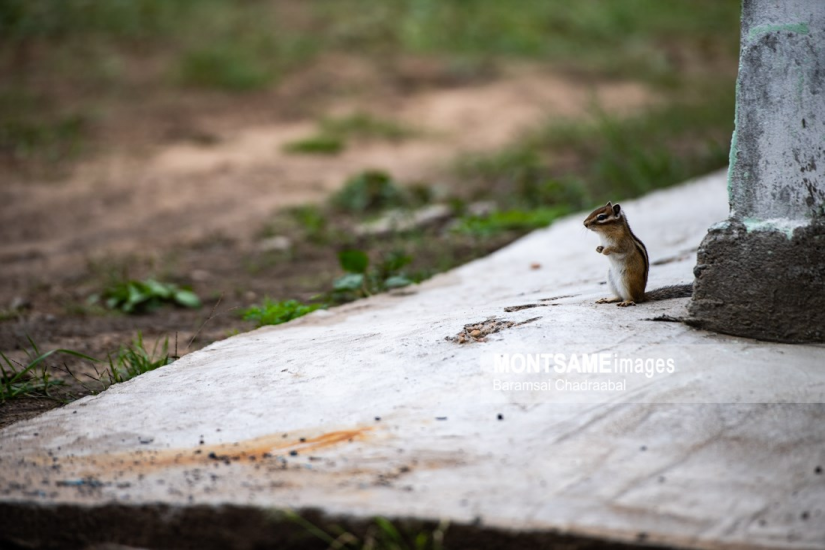
Their company prepares the seeds for planting in August and sells the seedlings from September 25 to October 20. The nursery staff is funded by the money received from the partner land project to build the green space.
Otgonbayar and Erdenechimeg, who are environmentally friendly and love trees and plants, face only one problem, which is the issue of renting the land to sell harvests in Ulaanbaatar. Erdenechimeg said that it would be enough for us if the government and the Ministry of Environment and Tourism to provide us the nurseries far from Ulaanbaatar with places to sell our tree seedlings and fruit and vegetable seeds for planting in spring and autumn. At the same time, Director Otgonbayar joined the conversation and added, "We will not rent it for free, at least we would like them to reduce the rent, and we have a priority request to have a safe place to stay every year."
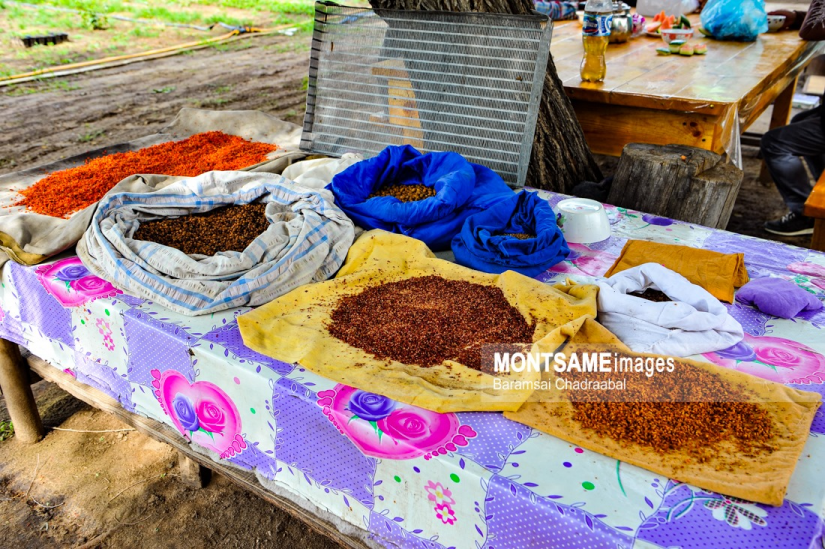
It is for this reason that they sell the trees and seeds they have planted to retailers. Freshly picked trees and seeds are brought to the Arboretum and sold at the Builders' Square in Ulaanbaatar. B.Erdenechimeg once went to the city and found out that at the fair she was selling the trees she had planted and the dried seeds she had harvested at three times the price. She also said that she was deeply disappointed when she saw that the leaves and buds of some of the trees had withered and dried up.
“To date, we have managed and established about 16 nurseries. No one from the government took this into account. As far as I know, there are many people in Selenge who want to plant trees voluntarily. Only these people come to our nursery to meet and get advice. However, we regret that we did not have the space to advertise and sell the fruits of our labor in the market and see our beloved trees destroyed at the hands of retailers”, said Erdenechimeg. She was upset that everything she had dreamed of and worked so hard to grow had been destroyed by profit-seekers.
Through their company, these two person, who are passionate about nature,
took care of 400 hectares of Tujiin Nars. Dropping the topic of their past
problems, she said, “Now Tujiin Nars is completely saved from extinction. We
can say that with pride. ”
Observatory tower in the middle of the forest
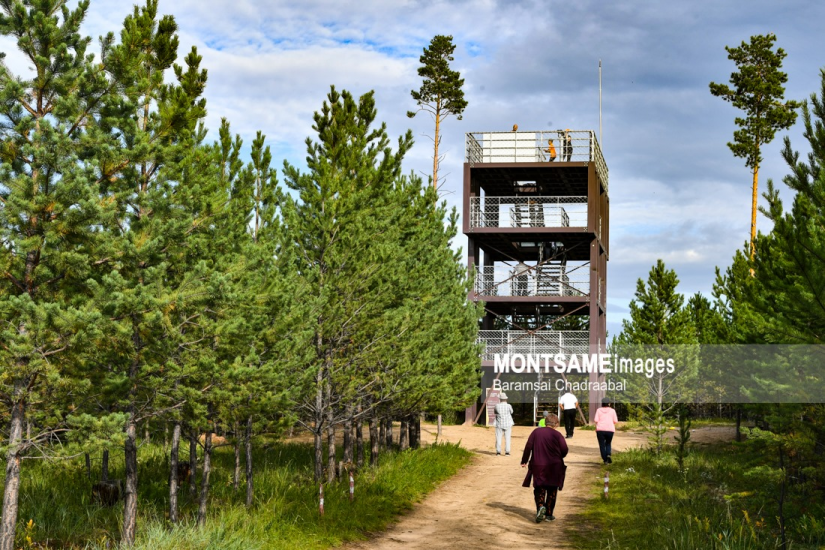
At the request of the Ministry of Environment and Tourism of Mongolia, the South Korean company Yuhan Kimberly and the Northeast Asian Forest Forum started the restoration of the forest in 2003. Twelve years after the start of this work, a total of 10,130,000 pine seedlings have been planted on a total area of 3,250 hectares. Since then, for the first time in Mongolia, the technology of plantation forest management has been introduced and maintenance work has been carried out on 100 hectares of reforested land every year, which is still going on.
Tujiin Nars, which was initially estimated to be 70 percent extinct, has now been fully restored. In 2018, the South Korean company Yuhan Kimberly built a 10 meters high, 6 meters long and 5 meters wide observatory tower. As a result, local residents and foreign and domestic tourists have a full opportunity to see the whole pine forest and get acquainted with nature and ecology. It is named after the company that rehabilitated the pine forest, the Johan Kimberly Forest.
If you look at the tower from a distance, you can see a green pine forest in Altanbulag and Shaamar soums of Selenge aimag. There are two binoculars on the top of the tower, and when you look through it, it looks as beautiful as if you were holding something far away in the palm of your hand. It is obvious that Tujiin Nars, which was revived due to the hard work of others and love for nature, has been completely saved from extinction.
I wondered how many thousands of trees in this green forest had been planted by Otgonbayar and Erdenechimeg, and how many nights of sleep had been spent on caring for them. They work hard to make it happen and pass it on to future generations. Everyone who works hard deserves respect and love.
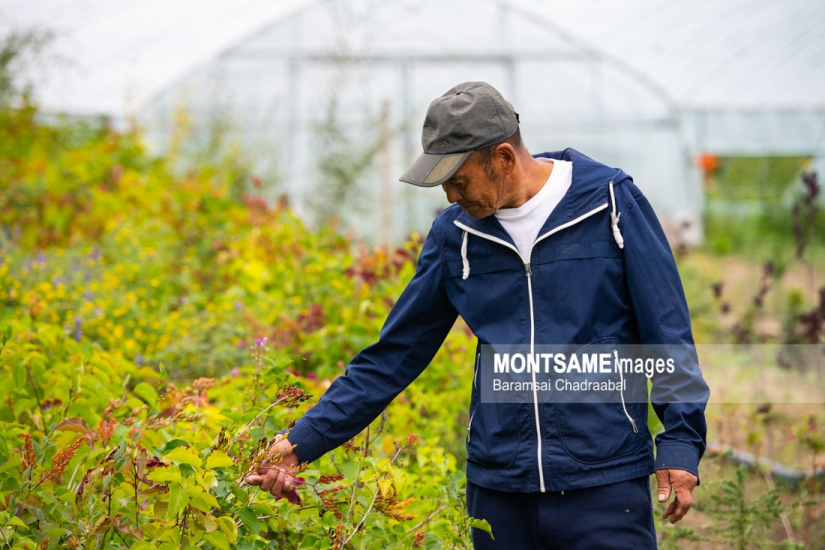
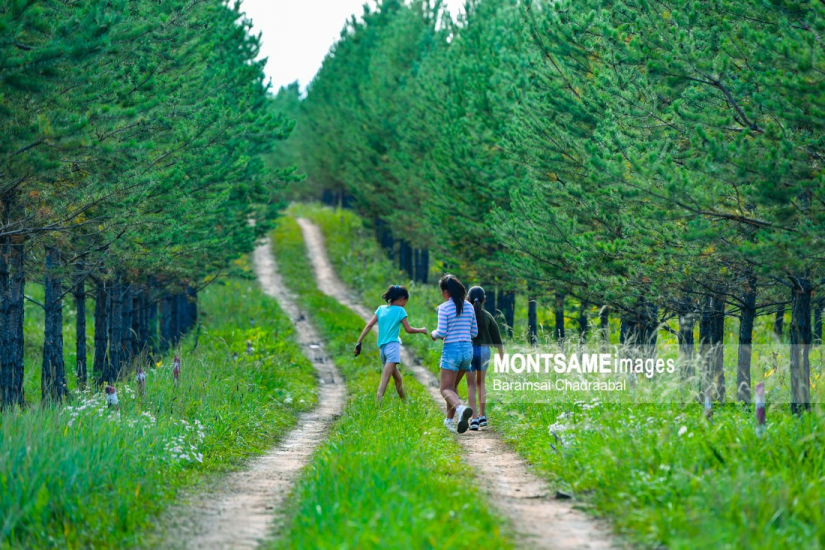
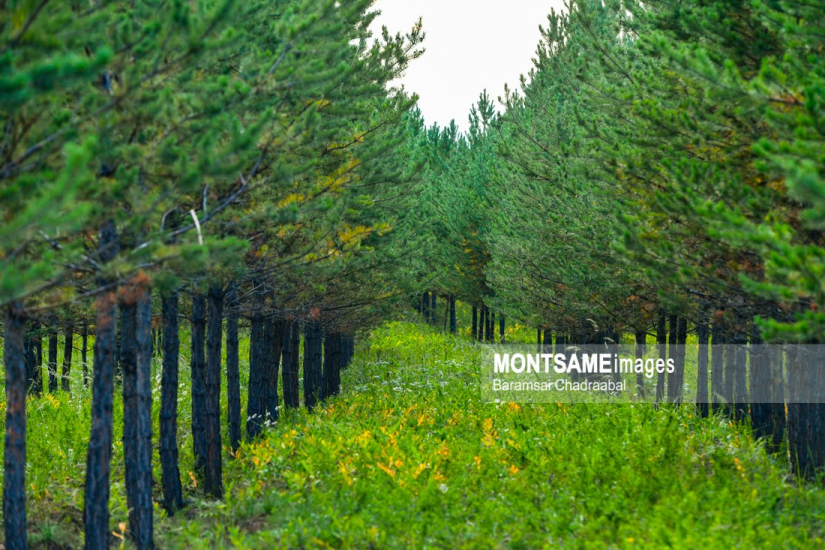
 Ulaanbaatar
Ulaanbaatar











